What is email personalization?
Email marketing personalization is when businesses and marketers use data and information they have collected and learned about potential customers to provide content that is tailored to each individual.
The subscriber’s data is often personalized and includes: the recipient’s name, gender, age, title, interests, etc.
Personalizing emails plays a significant role in conveying messages to customers. This can attract attention and contribute to prompting customers to make the decision to purchase or use the company’s products/services.
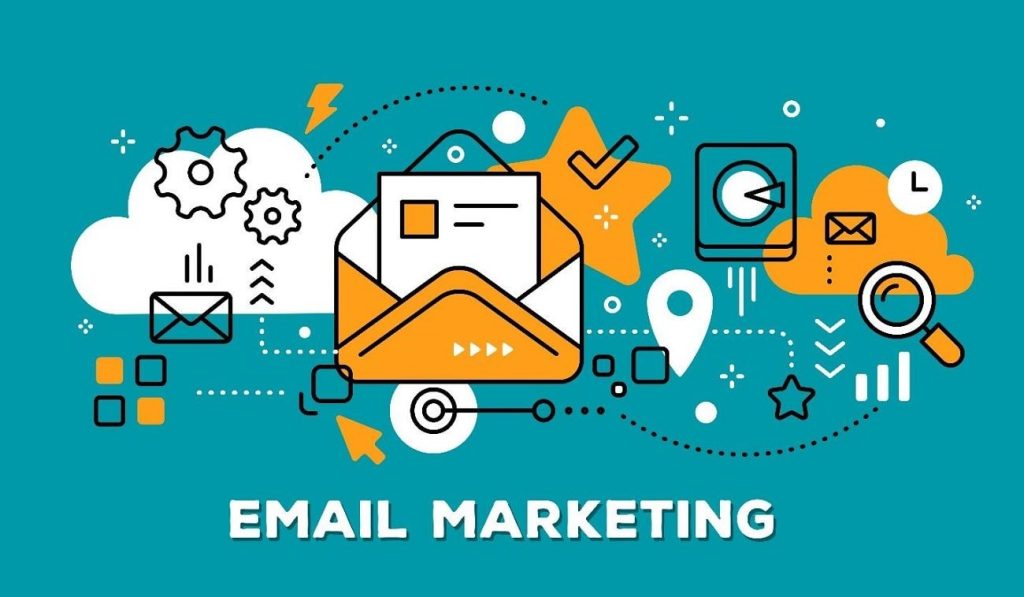
Through the data that has been collected, analyzed, and selected, the “1-to-1 communication” method, email marketing personalization serves as a successful bridge connecting the business and the customer.
Why is it necessary to personalize emails?
What is the purpose of personalization?
Customers today hold more power in their relationship with brands. They can easily find information about you and also have many alternative options. Therefore, the key for brands is to focus more on customer experience to stand out and be different. You need to satisfy customers at every touchpoint with the business. And, personalization can achieve this very well.
The goal of personalized marketing is to interact with customers (especially potential customers) as truly distinct individuals. With the same advertising campaign, alongside a consistent message, the content and images sent to different audiences will not be the same. This approach gives marketers the ability to adjust each brand interaction and engage with your consumers in the most optimal way, promising to revolutionize how traditional advertising has been conducted by any traditional media. Consequently, you will leave a positive impression on customers.
The positive impacts that email personalization brings
Targeting the right customers
To implement email personalization, you need to have a specific and rigorous analysis of customers and the information they provide. This means that the brand has a greater opportunity to select and attract the right customers.
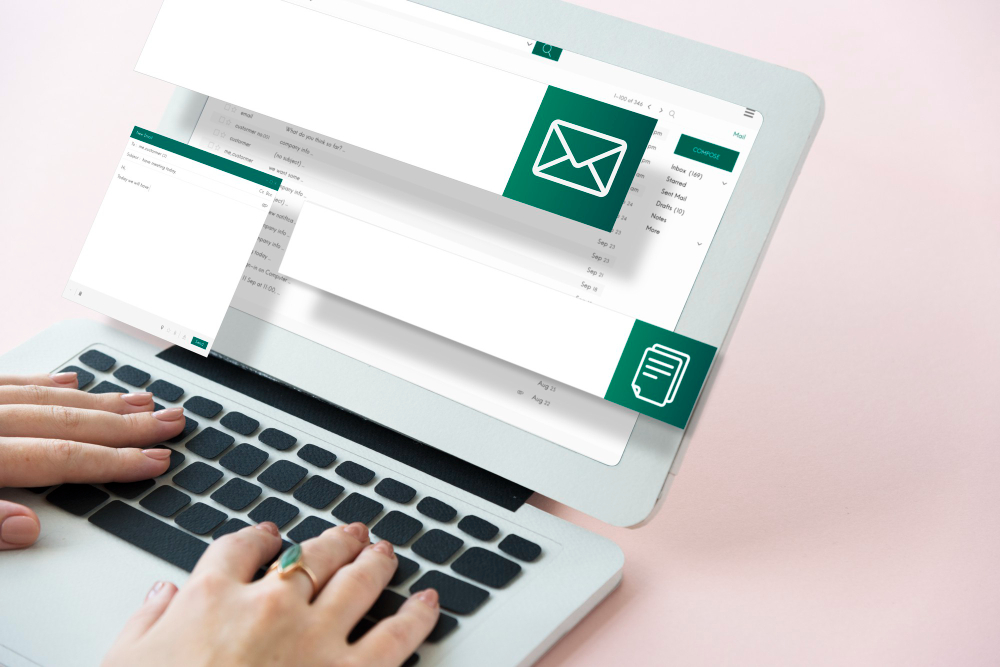
Moreover, messages from the business’s services will reach customers quickly, enhancing the potential to attract customers interested in the business’s products and services.
Increase ROI
Research also shows that personalizing marketing campaigns helps brands increase revenue by 5-15%.
Increase Engagement
Statistical studies have proven that emails with personalized subject lines are 26% more likely to be opened.
Furthermore, 91% of customers are more likely to purchase from companies that send personalized emails – according to Accenture.
Encouraging personal data sharing
According to research by Accenture, 83% of consumers are willing to share their data with brands to receive relevant information.
For their part, brands also need to be transparent and fair about how they use this information.
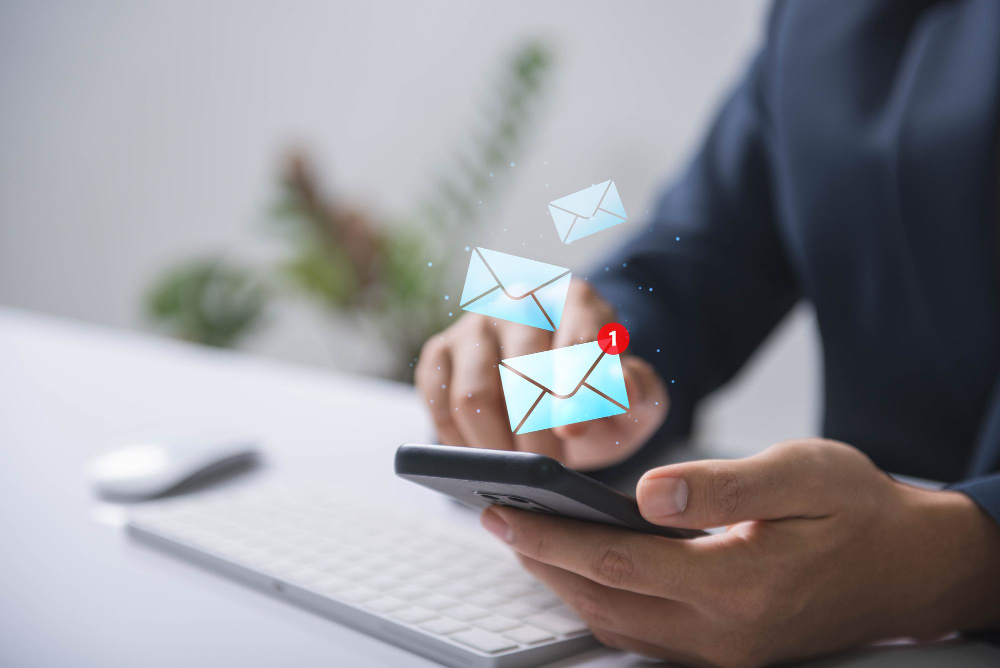
Steps to Personalize Email Marketing
Basic Content
There are three parts where businesses can easily capitalize on personalization in their emails. These positions include:
- Sender’s Name
- Subject Line
- Preview Text
Personalization at the first step involves strategically adding information such as the contact’s name (or their attributes). Businesses can add location, job title, city, or other customer-related factors based on the data collected by the business. The sender allows businesses to automate personalization by using fields and custom tags when creating new email campaigns.
Segmenting the target audience
After you set up the basics, the next step is to categorize the email list into specialized segments.Segment is a group within a set of subscribers who share common characteristics under a single label. For example, everyone aged 25-30 is a unique segment. Businesses need to segment their subscribers in order to create personalized emails and send relevant offers/content to them.
Customer segmentation is the first step towards advanced Email Marketing personalization, as it allows businesses to learn more about their audience and use the information to classify individuals with similar behaviors.
The company can use data from a single segment to create a deep personalization experience and send highly targeted emails. This is better than a standard email with their name in the subject line. Personalization based on specific segment attributes can make marketing activities more relevant, understandable, and likely to convert.
Enhancing Email Marketing personalization tactics
Personalization doesn’t just stop at names and basic attributes. Businesses can absolutely captivate their audience through advanced personalization tactics.
Some advanced strategies include using customer data to create complex personalized experiences through automated emails or dynamic content. For example, sending special offers a few hours after a customer stops at leaving a product in their shopping cart on a website; or sending reminders a week before a customer’s product supply is about to run out. The possibilities are truly endless.
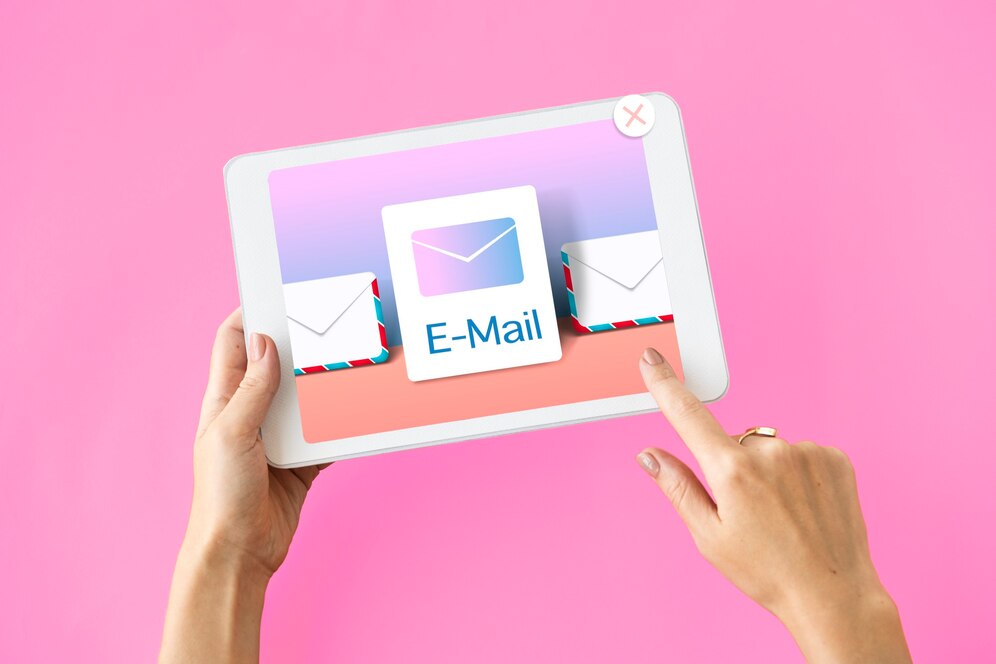
Considerations for a high-quality personalized email
Which parts of the email should be personalized?
- Personalize the recipient’s name: Personalizing the recipient’s name in the email is essential. Customers always want their names to be mentioned in the emails they receive. This is also the most common personalized element.
- Personalize images: Based on the email’s content, you can adjust the images sent to customers accordingly.
- Personalize offers: Personalized emails can improve the average click-through rate by 14% and customer conversion rate by 10%. Therefore, businesses should use customer data to create different offer content for different customer groups.
- Personalization to recommend products: In fact, subscribers will only purchase recommended products if they are relevant to their transaction history or preferences or meet their requirements. Sending relevant product recommendations also helps increase customer lifetime value.
- Personalize “abandoned cart”: Each year, up to $4 trillion in revenue is lost due to abandoned carts. The good news is that, according to estimates, 65% of abandoned carts can be recovered within 24 hours by sending customers reminder emails. You can increase the conversion likelihood at this stage through personalized email marketing campaigns.
Personalize after analyzing customer behavior
This is a more complex email marketing tactic but extremely effective. Businesses can analyze data from collection systems and email service providers and then classify it. When the list is segmented, you can activate an automated customer care email system with personalized offers.
Allow recipients to opt-in for the content they want to receive
One way to show care and respect for customers is to allow them to choose the content they want to receive. If you are sending news content, let everyone decide what type of information they want to receive: politics, ecology, technology, nature, etc.
This helps build a trustworthy relationship with the audience. At the same time, it will collect data for further advanced personalization in the future.
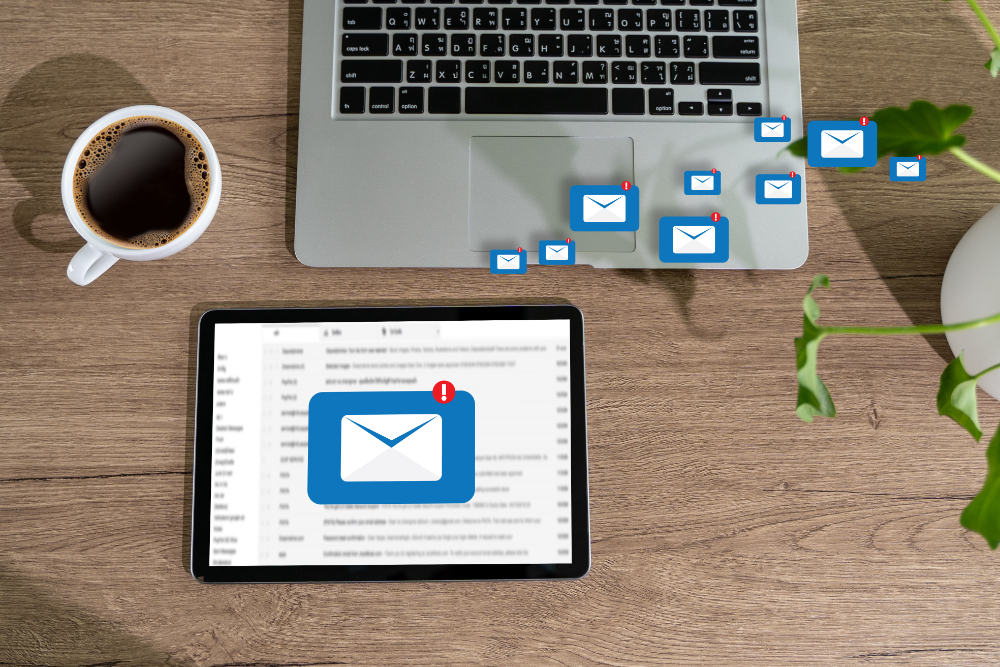
Schedule email sending times that suit each audience
An important note that many people often overlook is that the time emails are sent must match customer characteristics. For example, if you send an email to customers in Vietnam at 2 AM, the likelihood is high that the recipient will overlook it.
Scheduling emails to be sent to recipients during suitable timeframes is a simple yet effective way to personalize email marketing.Set up automated email marketing tools to evaluate and analyze customers.
Your final note for effective personalized emails is to use automated email marketing software to evaluate and analyze customers. These tools allow you to have comprehensive reports and statistics on recipient responses, making it easier for you to make adjustments and improvements accordingly.
Personalizing email marketing or any other marketing method aims for customers to become more aware of the products and brand of the business. When you know how to leverage the power of this interaction channel, it will undoubtedly bring immense value to the growth of the business.







